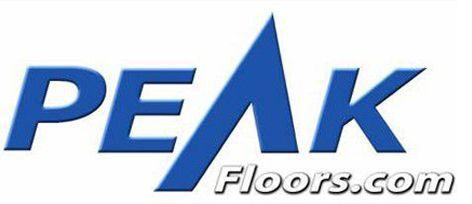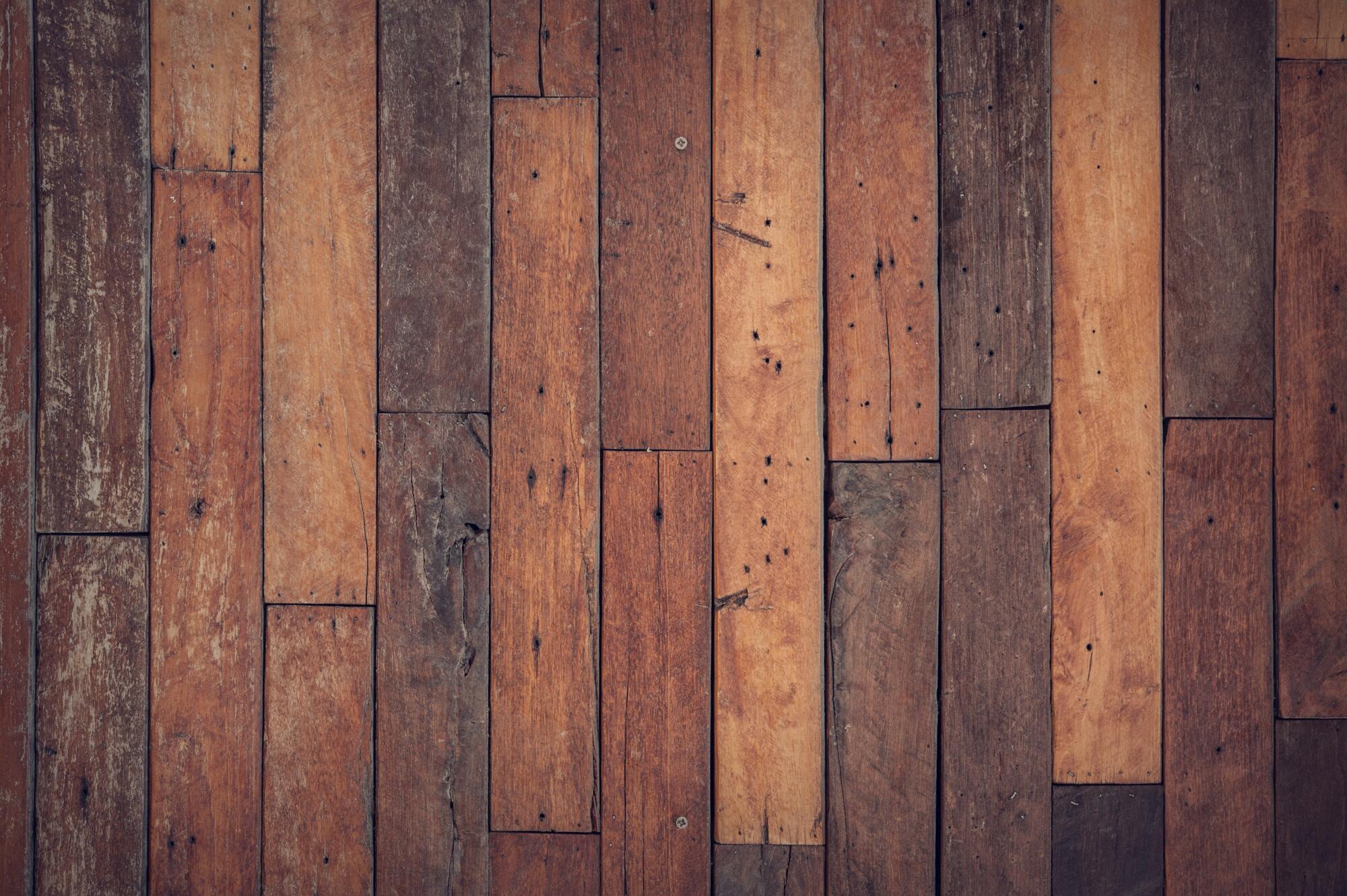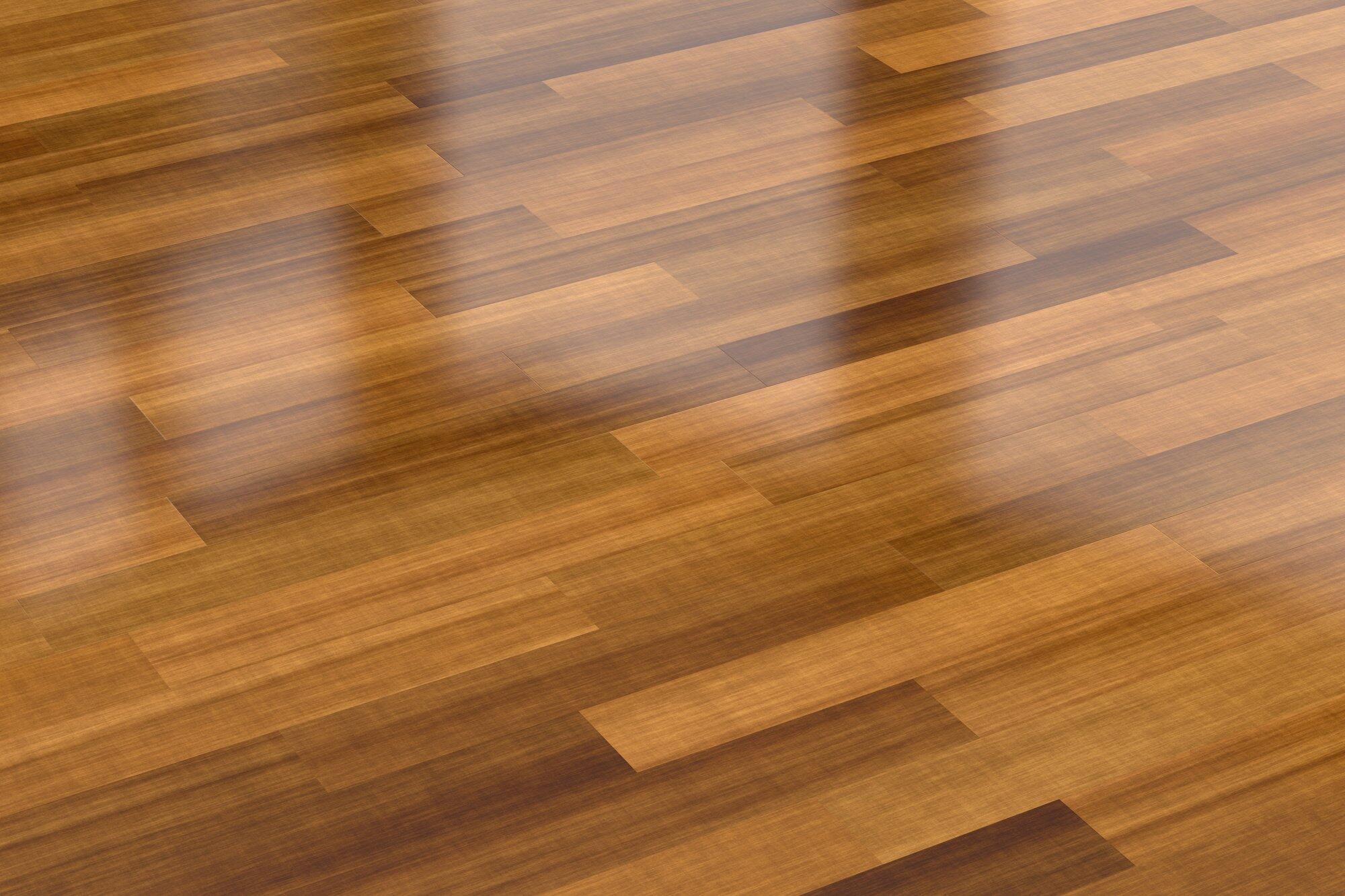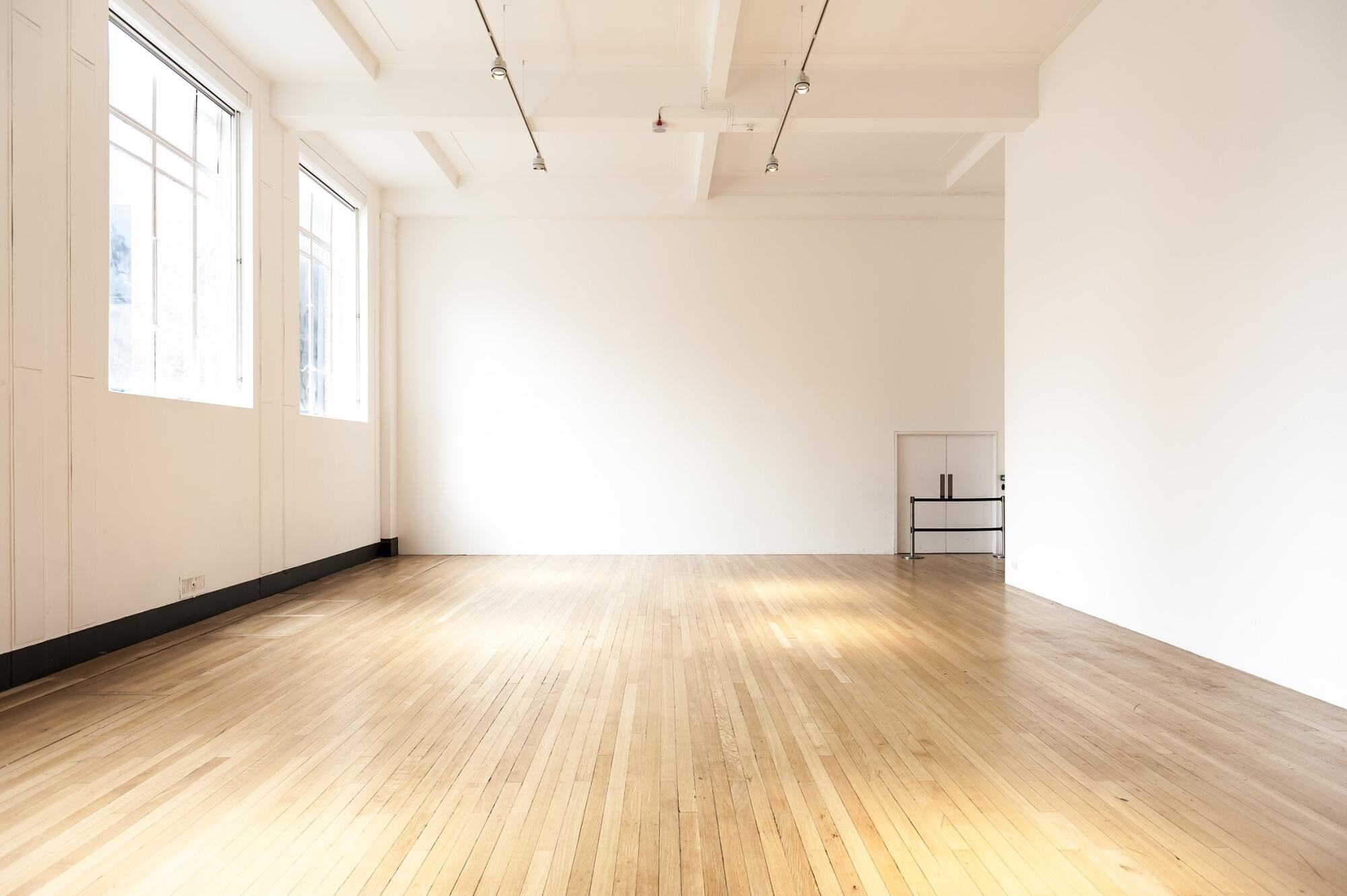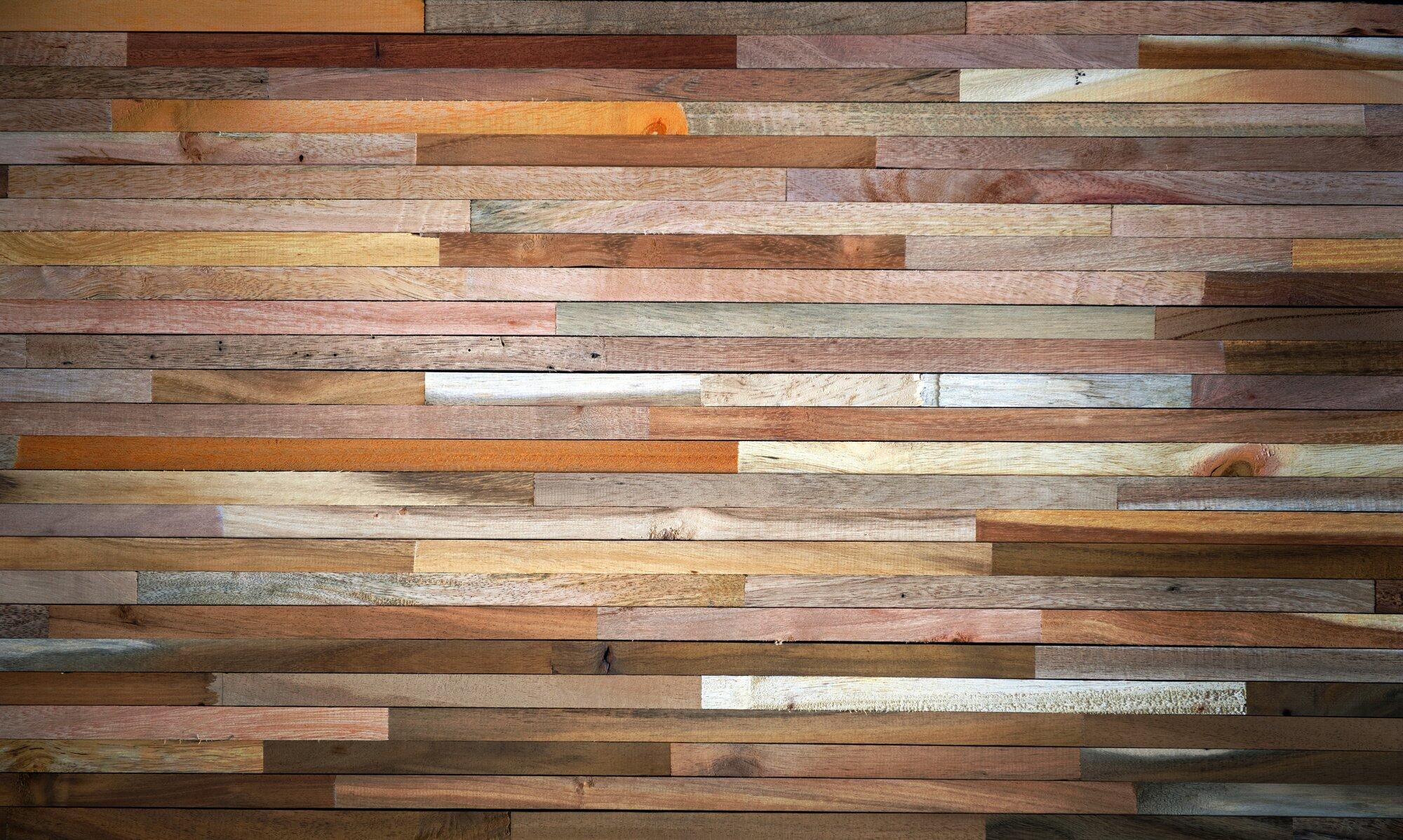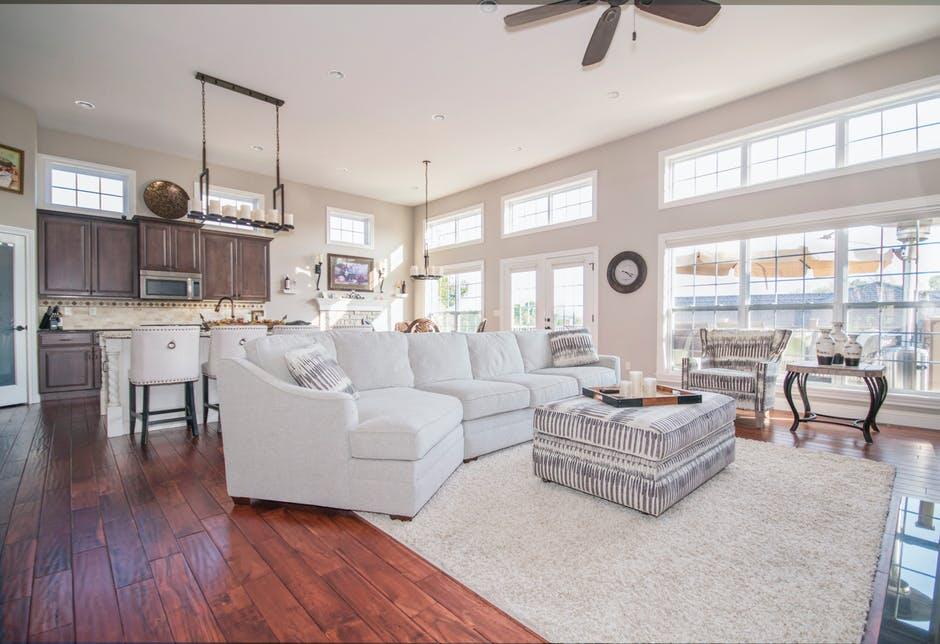Hardwood floors add beauty and warmth to any home. They’re able to be timeless, persistently being in style no matter what the current home trends are. They’re also able to be modern, adding a sleek detail to a room.
However, you might not know there are a variety of hardwood floor installation patterns you can choose for your home. Each different pattern can add unique texture and designs to your room.
These will look beautiful in a living room, entryway, bedroom, or anywhere in your home. If you’re looking to do something unique for your home, consider these unique wood floor patterns.
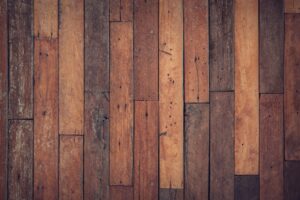
Herringbone
If you’re looking to bring elegance into your home, herringbone is one of the most beautiful flooring patterns you can choose. This pattern creates an offset V-pattern that looks absolutely beautiful in the home.
Herringbone looks good with a variety of types of wood flooring, from white oak to dark cherry. This pattern can look very luxurious and elevate any interior design.
Versailles
One of the most intricate wood floor layout patterns is the Versailles. The mix of square and rectangular boards in an elegant patchwork is a beautiful option for large spaces like living rooms.
The design is incredibly grand, making any room feel very royal. Versaille floors look great paired with traditional and elegant home decor.
Chevron
Chevron is similar to herringbone in that it creates V-shapes. However, with a chevron pattern, the ends of the boards are cut at a 45-degree angle so they meet at a point.
This pattern can add tons of drama and movement to a room. It feels sleek and modern, but doing it with natural wood floors gives it some timeless appeal.
Diagonal
Standard floor installation has the wood planks running parallel to the walls. This creates a straight look that has a timeless beauty. However, you may want to consider a diagonal installation.
A diagonal installation has the boards installed in a straight line but running from one corner of a room to another. This installation style can open up the room, making it appear larger.
Parquet
One of the most traditional flooring patterns is parquet. This pattern features short planks in sets of six perpendicular to each other, creating a basketweave effect. It’s especially beautiful in small spaces like entryways.
If you have an older home, it may have original parquet flooring, which you can refinish to its original glory. The geometric look can be both timeless and modern.
Unique Hardwood Floor Installation Patterns for Your Home
Hardwood floors make a beautiful detail in your home. You can make them even more of a feature by using unique hardwood floor installation patterns. Herringbone and parquet flooring, among others, are popular options.
Unique flooring patterns paired with the warmth and beauty of wood will set your home apart. You can use any of these patterns with a standard rectangular board.
Peak Flooring is family-owned and strives to provide a personalized experience for all customers. Contact us today to discuss your next flooring project.
